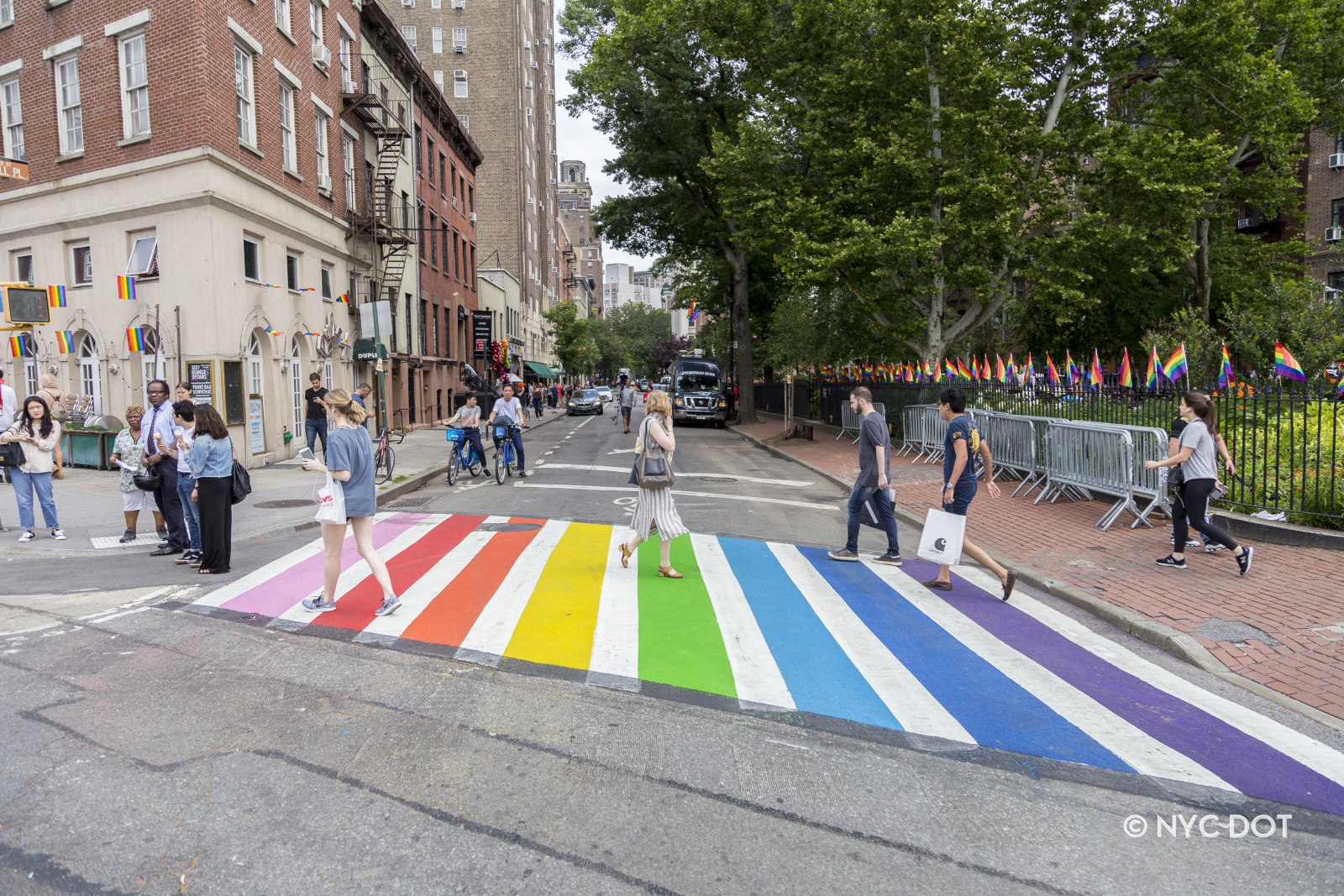You can be forgiven if, as a pedestrian or cyclist, you would like to see a barrier (heck, a forcefield) separating you from cars. After all, you're very vulnerable and people can be careless while driving.
But new research from the UK shows that under some conditions, the opposite is true: An effective way to protect pedestrians and cyclists is to actually erase the distinctions that separate car traffic from foot and bike traffic.
Under the "Shared Space" concept, popularized by Dutch engineer Hans Monderman, curbs and sidewalks are eliminated in favor of flat passageways that accommodate cars, bikes and those on foot. Counterintuitively, this arrangement induces drivers to behave more cautiously. By keeping them vigilant, it keeps vulnerable users safe.
Adam Davies at Network blog Walkonomics explains how shared streets are working as well a some of the difficulties encountered in the UK:
New research examined a range of streets, from traditional streets with kerbs to ‘Shared Surface’ streets, where it is hard to tell where the pavement ends and the carriageway begins, such as New Road in Brighton. The study found that by removing kerbs, vehicle speeds were reduced below 20mph, although the researchers were quick to point out that this was a result of a combination of design measures.
Now the UK government has released official guidance on Shared Space, which not only shows the benefits and problems of the idea, but also attempts to provide advice on how to create high quality Shared Space streets.
However ‘Shared Space’ isn’t all good news, a very significant proportion of disabled people find streets without kerbs very difficult to navigate. This was reflected in the research which found that blind and partially sighted people felt more comfortable in traditional streets with pavements and kerbs than shared surface streets. The official guidance tries to address these concerns by encouraging designers to take disabled peoples needs into account and provide ‘comfort zones’ for vulnerable users. However this is unlikely to fully satisfy some groups representing disabled people, who have launched several campaigns against shared space.
So shared space has its benefits and its problems, however with one of London’s most popular streets about to embrace the idea, it seems like the concept is here to stay.
Elsewhere on the Network today: The League of American Bicyclists explains how the transportation bill negotiations going on right now in Washington threaten to undermine two decades of progress on cycling and walking. Beyond DC details how the greater Washington area has been sapping transportation funds and encouraging sprawl by building a piecemeal outer-outerbelt. And The Political Environment explains that a Milwaukee suburb can't rightly claim that its economic success is a boon to the central city while simultaneously cutting transit connections and making it impossible for many urban residents to share in its prosperity.






